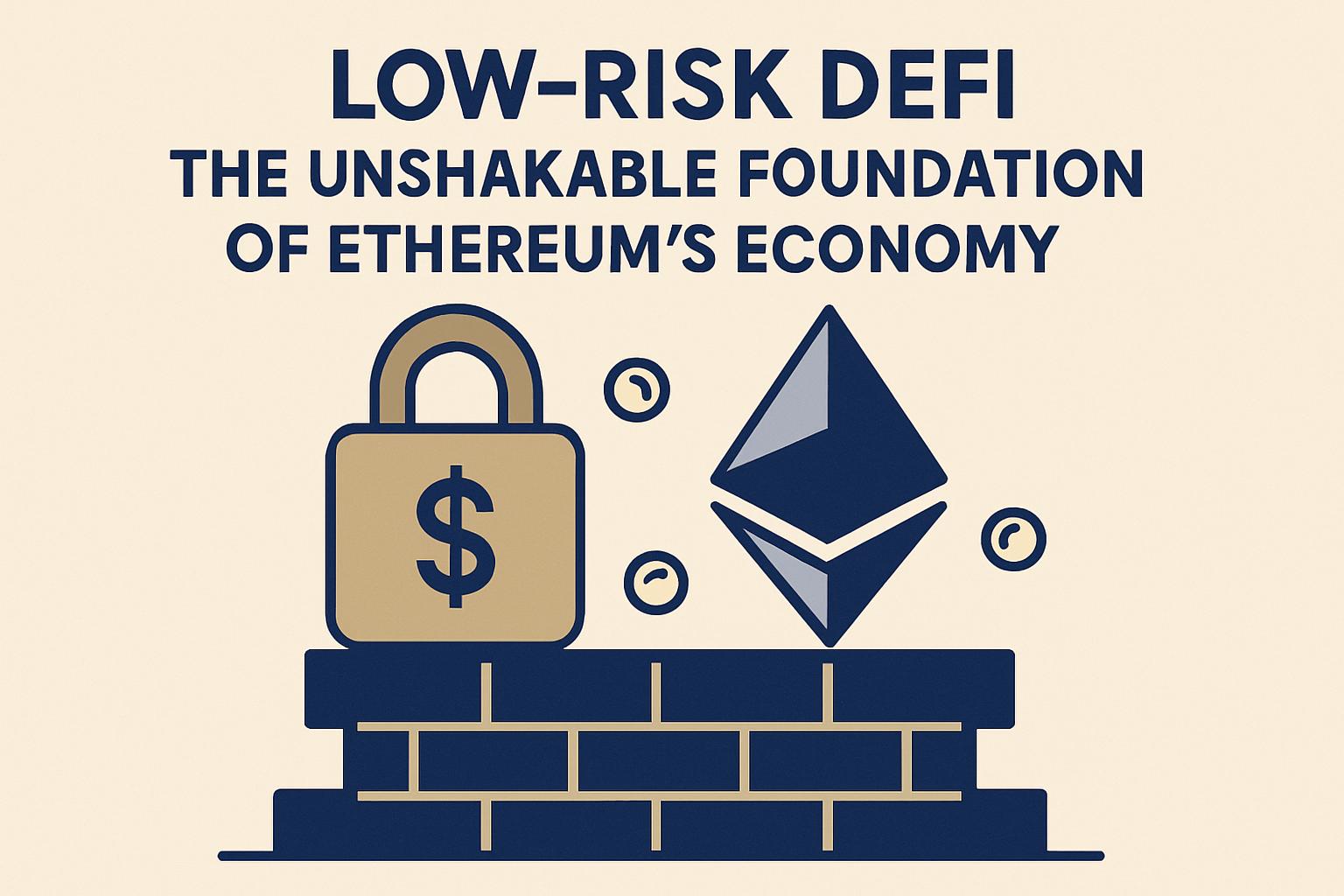In a provocative discourse, Ethereum co-founder Vitalik Buterin recently underscored that the true bedrock of Ethereum’s long-term economic sustainability lies not in speculative assets or meme tokens, but in low-risk DeFi applications focused on payments and lending. Much like Google’s search engine underpins the tech giant’s entire ecosystem, these stable financial services could be the linchpin for Ethereum’s broader ambitions.
The Cultural Crossroads: Profit Versus Purpose
The Ethereum community has long been caught in a tug-of-war between economic sustainability and its cultural mission. While trends like meme coins and NFTs have brought significant short-term revenue through transaction fees, they diverge sharply from Ethereum’s core ethos of transformative innovation.
Applications aligned with Ethereum’s values, such as decentralized social media and privacy protocols, struggle with minimal usage and fees, making them insufficient to sustain a trillion-dollar economy. Nevertheless, Buterin clarifies that “Ethereum already possesses such applications—low-risk DeFi.”
Learning from Google: DeFi as Ethereum’s Pillar
Buterin draws a parallel with Google’s business model: the search engine, despite the company’s innovations in areas like smartphones and AI, remains the backbone through advertisements. Similarly, Ethereum doesn’t need to rely on culturally significant applications as revenue pillars, provided low-risk financial infrastructure can deliver consistent fees, enabling the survival of diverse applications.
The Emerging Potential of Low-Risk DeFi
The early days of DeFi were riddled with high-risk ventures, hacker exploits, and speculative trading. Yet, with evolving regulations, risk diminution is facilitating the rise of stable financial products. For instance, protocols like Aave offer opportunities for steady returns through lending rates—highlighting Ethereum’s potential for stable yield bond-like instruments.
Buterin also anticipates regulatory advancements like the Digital Asset Market Clarity Act, which might attract more mainstream participants to this promising sector, strengthening its role as Ethereum’s economic bedrock.
Beyond Google: Ethereum’s Decentralized Edge
The stark difference from Google lies in Ethereum’s decentralized nature, freeing it from being beholden to any single revenue model. “I hope Ethereum can outperform Google,” declares Buterin, offering a vision where low-risk DeFi not only provides income but integrates seamlessly with future applications, fostering unprecedented innovation.
Innovations such as reputation-based loans, prediction markets driven by risk management, or consumer price index-pegged stablecoins could evolve, offering groundbreaking financial solutions detached from traditional dollar dependencies.
A Sense of Pride in Low-Risk DeFi
Concluding his reflections, Buterin proudly asserts the transformative capability of low-risk DeFi on Ethereum. “This is something we can all be proud of—a project already supporting Ethereum’s economy and upgrading the world,” he remarks, highlighting a future where doing well can coexist harmoniously with doing good.

![[News] Bitcoin at a Turning Point? 10x Research Signals a Bullish Macro Shift Ahead](https://cryptoexplores.com/wp-content/uploads/2025/06/new20250616.jpg)
![[News] Binance Lists $HOME, the Gas-Free, Bridge-Free All-in-One DeFi App](https://cryptoexplores.com/wp-content/uploads/2025/06/news20250617.jpg)